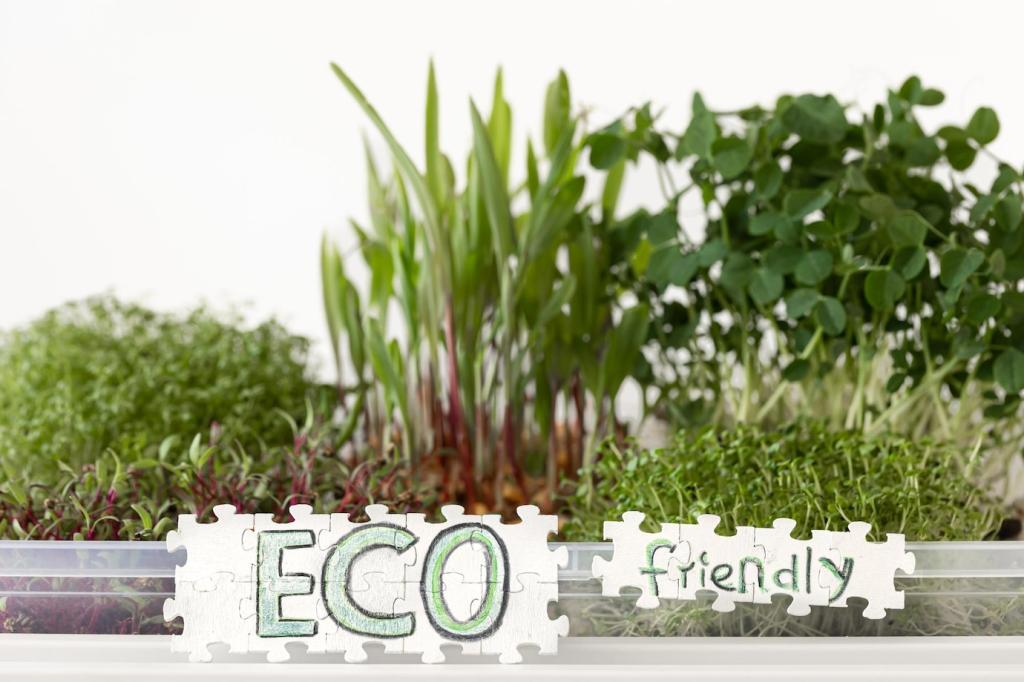Cooling Hardscapes and Comfortable Shade
Choose decomposed granite, gravel, or permeable pavers for paths and patios. These materials allow rain to soak in, refilling the soil reservoir. Share which surfaces you’ve tried, and we’ll compare performance under foot traffic, pets, and seasonal storms.
Cooling Hardscapes and Comfortable Shade
Strategically placed pergolas, sails, and drought-tolerant canopy trees reduce evaporation and plant stress. During establishment, water deeply but sparingly to train roots down. Post your shading plan, and we’ll help align it with wind patterns and summer sun angles.




